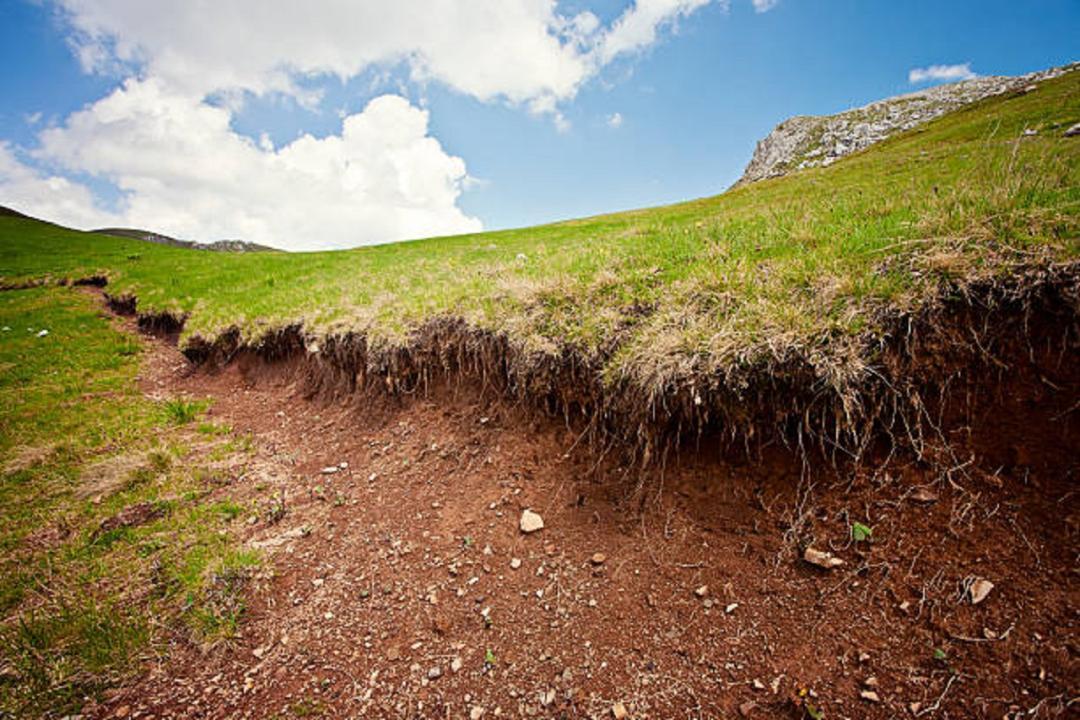Tamil Nadu fared the worst with the highest soil loss rate of 121 per cent from 1990 to 2020, the study said

Representational Image. Pic/iStock
Soil erosion in the Western Ghats Region (WGR) increased by 94 per cent between 1990 to 2020, a trend that is "detrimental" in an area known to be a biodiversity hotspot, a study by the Indian Institute of Technology (IIT) Bombay has said.
ADVERTISEMENT
Tamil Nadu fared the worst with the highest soil loss rate of 121 per cent from 1990 to 2020, the study said.
The WGR is a unique landscape, stretching from the south of Gujarat to Kerala and Tamil Nadu. It is recognised as a UNESCO World Heritage Site and one of the Earth's 36 biodiversity hotspots.
But due to the pressures of unsustainable and unplanned activities, the region is facing numerous challenges, the study said.
The first-of-a-kind study used remote sensing data to quantify long-term soil losses across the entire WGR. It not only confirmed a progressive increase in soil erosion rates but also revealed alarming state-wise increase in soil erosion.
"The figures reflect a shocking net increase of 94 per cent in soil erosion, a trend that is detrimental to the region's globally important biodiversity," said the study by Prof Pennan Chinnasamy and Vaishnavi Honap.
The average annual soil loss for the region was 32.3, 46.2, 50.2 and 62.7 tons per hectare for the years 1990, 2000, 2010 and 2020, respectively.
Among the WGR states, the study noted, Tamil Nadu recorded the highest soil loss rate of a staggering 121 per cent from 1990 to 2020.
Kerala, which had a net increasing trend in soil losses at 90 per cent, and Karnataka, which showed an increase of 56 per cent, are also witnessing unsustainable rates of soil erosion, the study said.
To arrive at quantitative estimates of soil loss, the researchers used the Universal Soil Loss Equation (USLE) method.
The key factors that USLE considers are rainfall, topography, soil erodibility, land cover management and prevailing conservation practices, the study said.
The use of USLE for the WGR was novel and perhaps the first time such an assessment was carried out at this scale, the report added.
This story has been sourced from a third party syndicated feed, agencies. Mid-day accepts no responsibility or liability for its dependability, trustworthiness, reliability and data of the text. Mid-day management/mid-day.com reserves the sole right to alter, delete or remove (without notice) the content in its absolute discretion for any reason whatsoever.
 Subscribe today by clicking the link and stay updated with the latest news!" Click here!
Subscribe today by clicking the link and stay updated with the latest news!" Click here!







